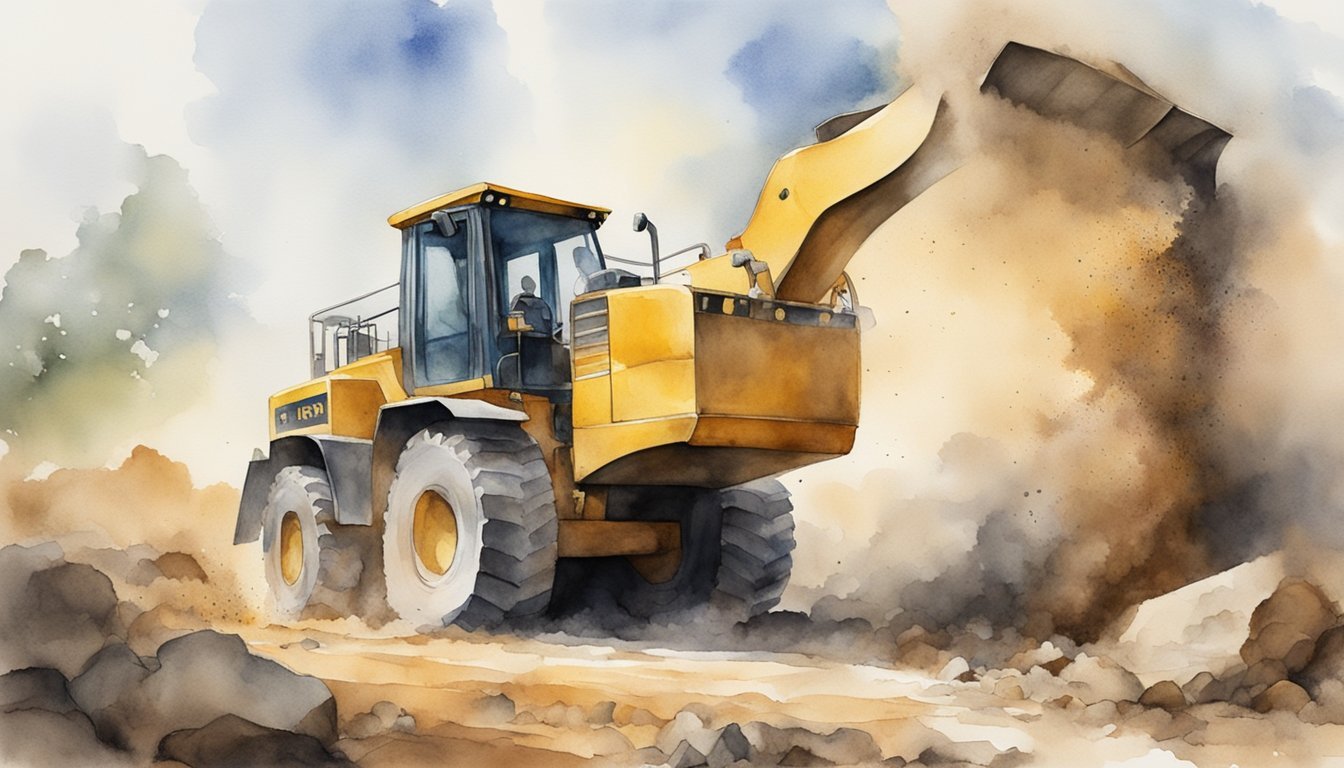Overview of Earth Moving Equipment
In the world of construction and landscaping, earth moving equipment plays a crucial role in the efficient and effective preparation of sites. These heavy-duty machines are designed to excavate, transport, and grade a variety of materials, thus streamlining operations.
Understanding the Basics
Earth moving equipment encompasses a broad range of heavy machinery, each powered to handle substantial tasks from site preparation to complex excavation. The primary function of these machines is to move and remove soil, rock, and other materials, paving the way for construction or landscaping projects. The sheer power of this machinery simplifies tasks that would be virtually impossible to conduct manually, thus making them indispensable in today’s construction industry.
Different Types of Earth Movers
- Excavators: Among the most versatile earth movers, excavators are pivotal for digging, demolition, and heavy lifting.
- Bulldozers: Known for their significant push power, bulldozers excel in clearing land and backfilling.
- Trenchers: These specialize in digging trenches for laying pipes, cables, or drainage systems.
- Loaders: Loaders are instrumental in loading and moving materials like soil or debris, crucial for tasks such as site clearing and material transport.
Selecting the Right Earthmoving Machine
Choosing the appropriate earthmoving machine for a job requires considering the terrain, the material to be moved, and the scale of the project. Factors such as power, size, and maneuverability are crucial when selecting the right equipment. For instance, for large-scale excavating, a powerful excavator is more suitable, whereas a smaller job, like residential landscaping, may only necessitate a mini-loader. Moreover, equipment rental can be a cost-effective option for short-term projects, providing access to a wide variety of machinery without the expense of ownership.
Practical Applications and Considerations

The scope of earthmoving involves intricate machinery and meticulous procedures to ensure efficiency, safety, and the longevity of equipment. From handling small landscaping tasks to massive mining operations, the machines such as backhoes, excavators, and dozers play a crucial role in shaping and preparing land.
Operation of Earthmoving Equipment
Operators of earthmoving equipment such as excavators and loaders must be well-versed in the specific capabilities and limitations of each machine. For instance, a compact excavator is suitable for working in tight spaces and can perform tasks like dredging and trenching with precision. On the other hand, a bulldozer, with its powerful drive and range of blade attachments, is effective in clearing and leveling ground. Mini excavator units, meanwhile, excel at detailed work such as cutting through roots or removing a tree stump due to their maneuverable size.
Safety Protocols and Training
Safety remains a paramount concern within earthmoving operations. It is critical that individuals operating heavy machinery such as motor graders and skid steer loaders are thoroughly trained in operating procedures and safety measures. Training often covers topics like maintaining stability on muddy surfaces, correctly attaching and using different kinds of buckets or scrapers, and ensuring safe dumping techniques. Comprehensive safety protocols can mitigate the risks associated with moving heavy loads, navigating over uneven terrain, or working with loose materials.
Maintenance and Care for Longevity
To maximize productivity and extend the service life of earthmoving machines such as wheel loaders and motor graders, regular maintenance is an absolute necessity. A strict upkeep regimen involves routine inspections, proper storage to limit exposure to harsh weather conditions, and immediate attention to any sign of wear or damage. Additionally, understanding the operating weight and horsepower specifications helps operators use machines within safe limits, which both preserves the machinery and ensures efficient power usage for tasks such as foundation building and roadwork.

